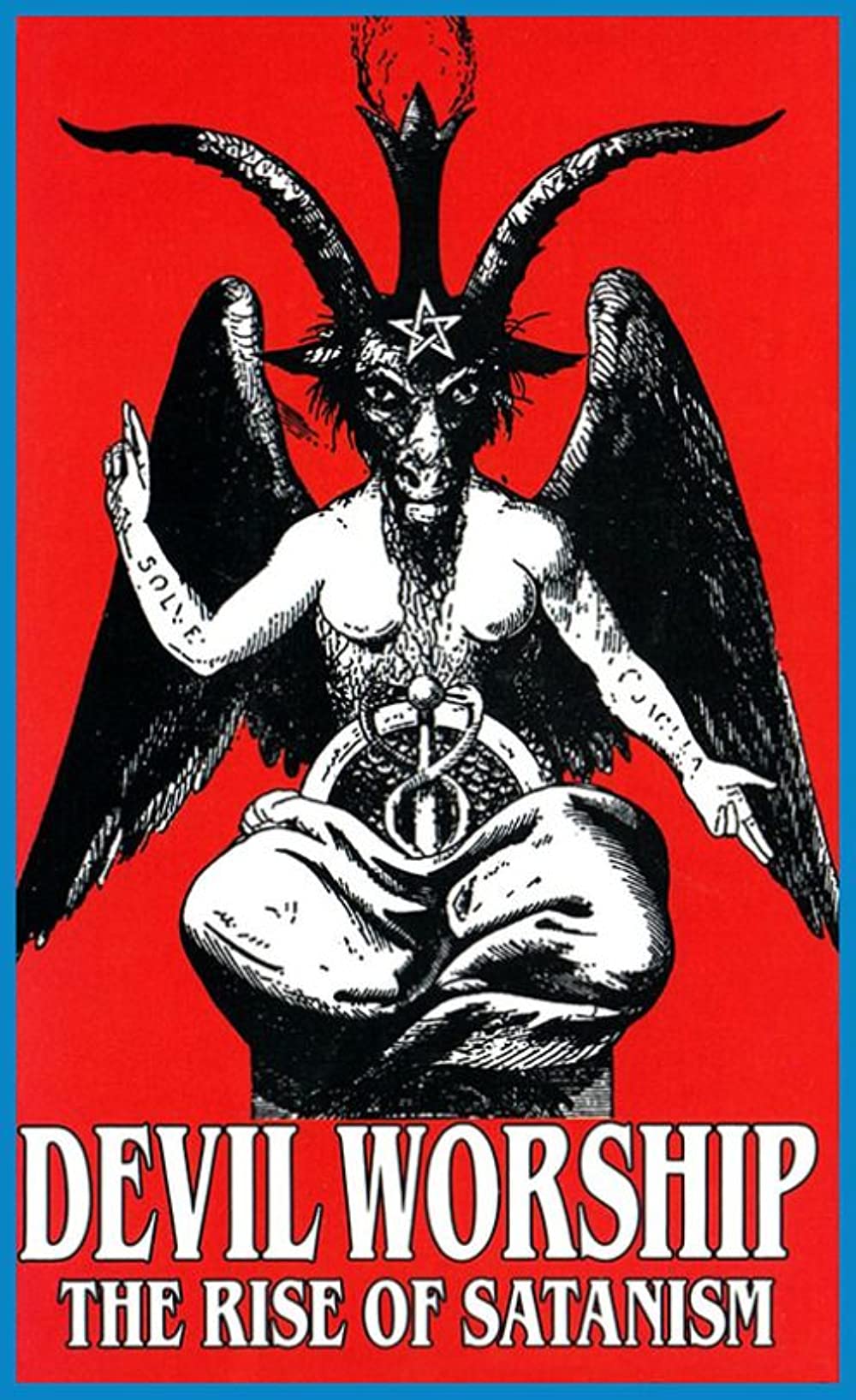Devil worship, also known as Satanism, is a belief system that worships the devil or other demonic entities. It is often associated with dark rituals, black magic, and evil deeds. However, the reality is much more nuanced and complex.
Satanism can be traced back to the early Christian era when it was believed that the devil was a real entity who had rebelled against God. Over the centuries, the idea of Satanism has evolved and taken on different forms, with some practitioners viewing it as a religious belief system, while others see it as a form of rebellion against established norms and values.
The most 2023 thing you can do is put up a musical performance that celebrates the devil and announces “presented to you by Pfizer.” They’re not even trying to be subtle anymore…
One of the most widely known forms of Satanism is the Church of Satan, which was founded by Anton LaVey in 1966. The Church of Satan views Satan not as a deity, but as a symbol of rebellion, individualism, and skepticism. They do not believe in a literal devil and do not engage in any harmful or evil practices. Instead, they focus on self-empowerment and living life to the fullest.
Another form of Satanism is called Luciferianism, which views Lucifer, the “light-bringer,” as a symbol of knowledge, wisdom, and rebellion against oppression. This belief system is often associated with magic and the pursuit of personal power and enlightenment.
It is important to note that Satanism and devil worship are not the same things. Devil worship involves the worship of a literal devil and the practice of evil acts, while Satanism is a belief system that can vary greatly in its views and practices.
Despite the diversity of beliefs and practices within Satanism, it is still often portrayed in a negative light in popular media and culture. This has led to widespread misconceptions and fear of Satanism and devil worship, with many believing that these practices involve sacrificing animals, conducting black magic, and engaging in other harmful acts.
However, this is not the reality. The vast majority of Satanists do not engage in any harmful or illegal activities and instead focus on self-expression and personal growth. The vast majority of people who practice Satanism are law-abiding citizens who lead normal lives.
It is also important to note that Satanism is a legally recognized religion in many countries, and its practitioners have the same rights and protections as any other religious group. In the United States, for example, the Church of Satan has been recognized as a legitimate religious organization since the 1970s.
Despite this, Satanism and devil worship continue to face discrimination and stigma in many parts of the world. This is due in part to the negative depictions of these beliefs in popular media, as well as the widespread misconceptions about what they actually involve.
It is important to challenge these misconceptions and to educate ourselves about the diverse and complex beliefs and practices within Satanism. Doing so can help to reduce fear and discrimination, and to promote greater understanding and acceptance of all religious beliefs.
In conclusion, Satanism and devil worship are much more complex and diverse than they are often portrayed in popular culture. These beliefs and practices should not be feared or misunderstood, but rather approached with an open mind and a willingness to learn. By educating ourselves and challenging our own biases, we can help to create a more inclusive and understanding society for all.
Free Speech and Alternative Media are under attack by the Deep State. Real News Cast needs reader support to survive. Please Contribute via GoGetFunding



